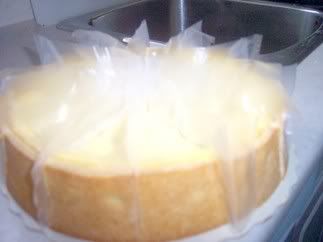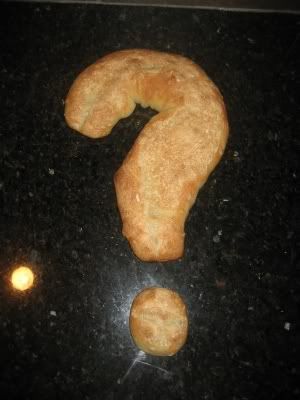As I conducted my home ash content tests during the latest home milling and sifting session, a sourdough starter was accidentally started. The home ash content test involves mixing 5 grams of flour with 100 grams of distilled water, stirring it periodically, and measuring the conductivity of the water until it stabilizes, about 24 hours later. All of that time was spent at about 69F, the temperature of my kitchen in the winter. I noticed a familiar smell, something like yogurt, that was reminiscent of the early stages of some of the starter staring experiments I have conducted in the past. The pH was measured and, sure enough it was around 3.4 for all the jars I was testing, even though the jars had various flours including Heartland Mill AP, Golden Buffalo, and whole wheat, as well as various flours from my milling and sifting experiment.
Since the jars appeared to have fermentation activity in them, I decided to give a try at starting one up. After stirring up the slurry in the Golden Buffalo jar, 20 grams of it was mixed with 30 grams of flour to form a fairly firm dough, which was then placed on a shelf above my coffee machine with a temperature of about 79F. It was left there for 24 hours at the end of which it had risen slightly in volume and still had a bit of a sour milk or yogurt smell.
The culture at the end of 24 hours (48 hours from when the first 5 grams was mixed with water) was fed again by taking 5 grams of the culture and mixing it with 22g or Poland Springs water and 28g of KA AP flour. It was placed at 79F above the coffee machine for another 24 hours, and the result was that it had doubled in volume and was beginning to smell more tangy and vinegary like a typical mature sourdough starter. The consistency was a little runny with small bubbles, but it clearly seemed a little closer to a ripe, healthy sourdough starter than it was the day before.
The culture was again fed the same way and returned for another 24 hours to the 79F shelf above the coffee machine. It had risen by about 4x, smelled like a normal sourdough starter, and had the usual consistency of a somewhat ripe firm sourdough starter.
I'm sure it is ready to be used to make some bread. After starting so many of these starters in the last few years in various experiments, I know what a healthy one is like. It went so smoothly, it seemed worth mentioning, as it is a little different from the usual recipes.
To summarize this accidental process:
Day 1:
Mix 5 grams of very fresh whole wheat flour (or maybe white flour, as the Heartland Mill AP smelled much the same, though less intense) with 100 grams of distilled water (saves any trouble with chlorine, alkalinity or other problems with water), stir, and let sit, covered, at room temperature (I imagine at 79F would work, too) for 24 hours, stirring or swirling periodically.
Day 2:
Stir up the water and flour mixture and take 20 grams of it and place in a clean jar. Add 30 grams of white flour, stir into a thick paste or a firm dough, and let sit at around 79F (probably room temperature would also work, though it might take several more days, depending on how cold it is) for 24 hours.
Day 3 and beyond:
Feed the culture by taking 5 grams of the culture, mix with 20 grams of water and 28 grams of white flour. Let sit for 24 hours at 79F.
Probably you don't need distilled water anymore, in fact it may not be needed at all at the beginning either. It may be good to avoid chlorinated water. I use bottled water without any problems, but my well water is surprisingly alkaline and it seems to have been the cause of some problems with starting starters I've experienced in the past.
The culture should be ready when it no longer turns runny after rising by more than about 3x and has large bubbles in it if you cut into it with a spoon. With the feeding above, it should rise by more than 2x in about 4.5 hours at 79F, about 5.5 hours at 74F, or about 7.5 hours at 69F.
It might take several days longer, but this worked for me faster than any method I've tried in the past.
I suppose it's just a lucky but rare event, but it seemed like every single jar in all these home ash content measurements I've been doing have a very similar smell after 24 hours. I wouldn't be surprised if any of them would have started up by just feeding them.
It's also possible that some sort of cross contamination with my active starter occured, except I did these by mixing distilled water poured from a container that I believe couldn't possibly have had any contamination from my active starters. Also, I only stirred by swirling the jars and didn't use any stirrer or whisk. I did use a fork on subsequent days, but that fork had been through the dishwasher and never used to stir my active sourdough starter. I suppose the jar I used may have somehow had some residue of an active starter in it, but I had recently thoroughly cleaned the jars used in these experiments with soap and hot water.
Anyway, I'd be curious if anyone else gives this a try and it works for them, if you're curious to try it. The things that's a little different about this method from what I've read about or tried in the past is the very high initial hydration (2000%) at room temperature followed by immediate conversion to a firm white starter at a fairly warm 79F. I wonder if there is some unexpected advantage to this method.
Bill













